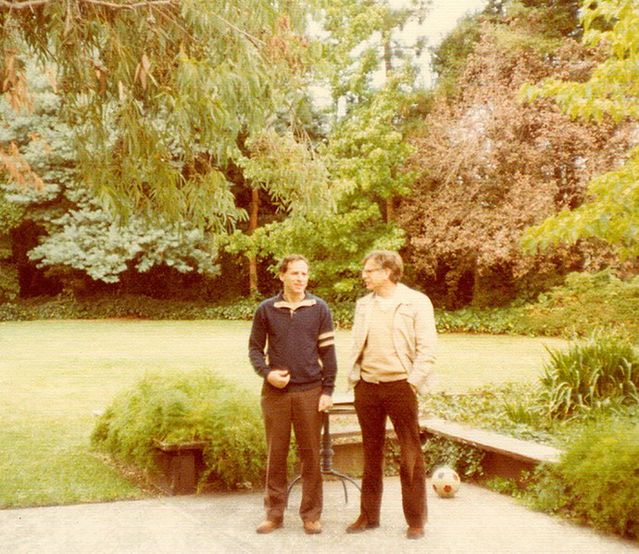
Last week, the investing world lost a giant – Daniel Kahneman. A psychologist at Princeton University and winner of the Nobel Prize in economics, Kahneman may well have had more influence on investing than anyone else who was not a professional investor. Jason Zweig wrote a lovely tribute to Kahneman in his WSJ column. Check it out.
Daniel Kahneman gave people an understanding of what drives financial decisions. He did it, in part, by relishing his own mistakes.
Daniel Kahneman explained investors to themselves.
A psychologist at Princeton University and winner of the Nobel Prize in economics, Kahneman died on March 27, age 90.
Before the pioneering work done by Kahneman and his research partner, Amos Tversky, who died in 1996, economists had assumed that people were “rational,” meaning we are self-interested, use all available information to make unbiased decisions, and our preferences are consistent.
Kahneman and Tversky showed that’s nonsense. Their findings, directly or indirectly, inspired change across the business world, including the redesign of organ-donation programs and improvements in planning for multibillion-dollar infrastructure projects.
Kahneman was a pioneer of what became known as behavioral economics, although he always saw himself as a psychologist. Investors who take Kahneman and Tversky’s lessons to heart can minimize fees, losses and regrets. Kahneman may well have had more influence on investing than anyone else who wasn’t a professional investor.

I first met Danny, as everyone called him, at a conference on behavioral economics in 1996. For years, as an investing journalist, I had wondered: Why are smart people so stupid about money?
About five minutes into Danny’s presentation, I realized he had the answers—not only to that question, but to nearly every mystery of financial behavior.
Why do we sell our winners too soon and hang onto our losers too long? Why don’t we realize that most hot streaks are just luck? Why do we say we have a high tolerance for risk and then suffer the torments of the damned when the market falls? Why do we ignore the odds when we know they’re stacked against us?
Danny paced softly back and forth at the front of the room, his blue-green eyes sparkling with amusement as he documented these behaviors and demolished conventional economic theory.

For decades, he and Tversky had conducted experiments, almost childlike in their simplicity, to see how people really think and behave.
No, Danny said, money lost isn’t the same as money gained. Losses feel at least twice as painful as gains feel pleasant. He asked the conference attendees: If you’d lose $100 on a coin toss if it came up tails, how much would you have to win on heads before you’d take the bet? Most of us said $200 or more.
No, people don’t incorporate all available information. We think short streaks in a random process enable us to predict what comes next. We think jackpots happen more often than they do, making us overconfident. We think disasters are more common than they are, making us suckers for schemes that purport to protect us.
Ask people if they want to take a risk with an 80% chance of success, and most say yes. Ask instead if they’d incur the same risk with a 20% chance of failure, and many say no.
Noting that the stocks people sell outperform the ones they buy, Danny joked that “the cost of having an idea is 4%.”
I wasn’t just struck by his insights; I was stricken by them. I immediately bought all three of the books he had edited. For days, I sat in a windowless room, reading feverishly, red pen in hand, scribbling notes, underlining entire paragraphs, peppering the margins with arrows and exclamation points.
In 2001, a year before Danny won the Nobel, I wrote a long profile of him.
“The most important question to ask before making a decision,” he told me, “is ‘What is the base rate?’”
He meant you should begin every major decision by figuring out the objective odds of success, given the historical range of outcomes in similar situations.
If you’re thinking of starting a new business, your gut might tell you there’s no way you can fail. According to the Bureau of Labor Statistics, however, half of new businesses die within the first five years. That base rate comes from millions of startups, each of which also expected to succeed. You, on the other hand, are a sample of one.
Knowing that the base rate is 50/50 shouldn’t deter you from trying, but it should prevent you from being unrealistically optimistic.
Danny knew base rates weren’t quite everything. He told me that before he proposed to his second wife, Anne Treisman, he said to her: “I’m Jewish, you’re not. I’m neurotic, you’re not. Almost half of all marriages end in divorce. The base rates are against us.”





